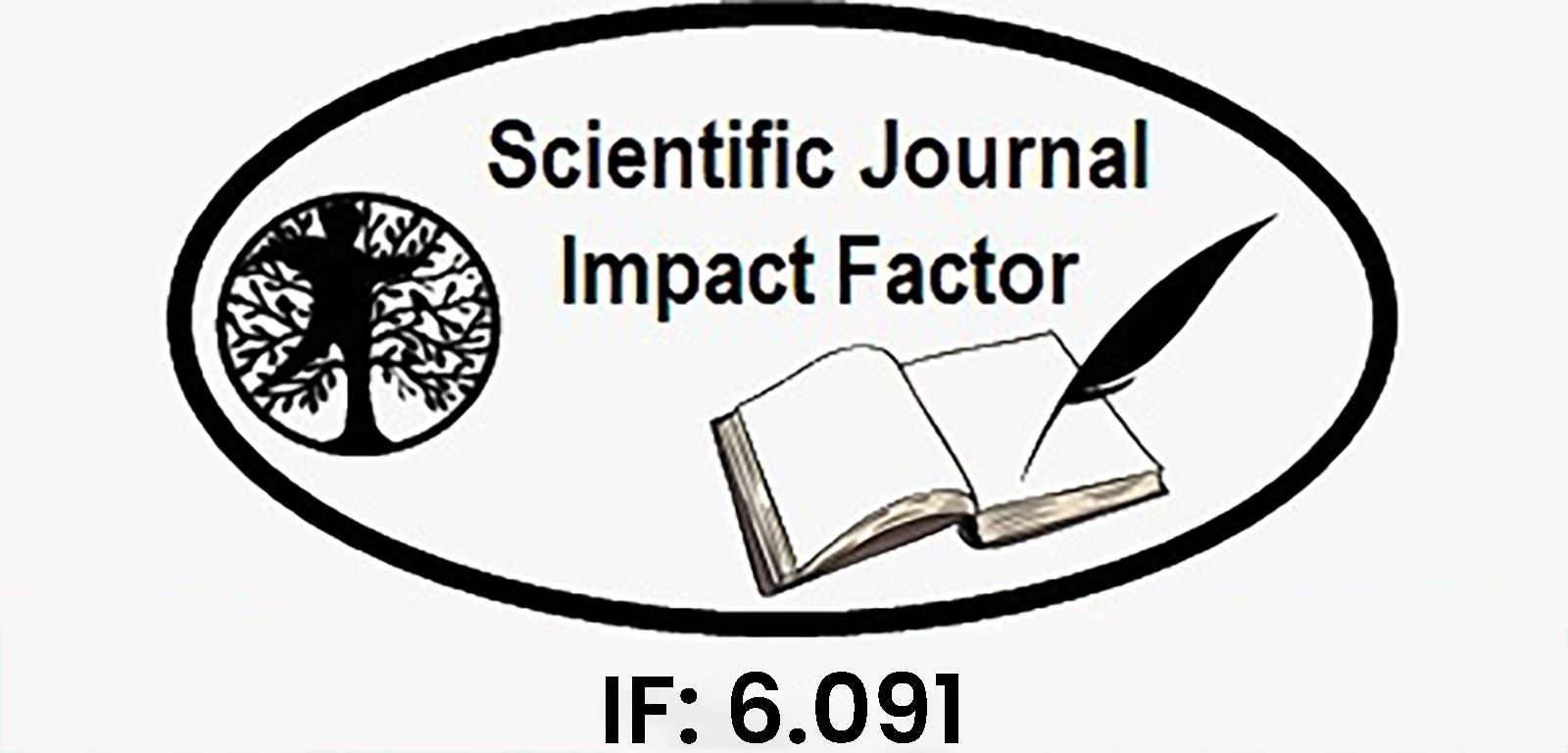Enhanced YOLOv5x6 and YOLOv9-Based Framework for Detecting People with Disabilities
DOI:
https://doi.org/10.62647/Keywords:
Object Detection, YOLOv8, YOLOv5, YOLOv7, Mobility Aids, Differently-Abled, Deep Learning, Real-Time Detection, Surveillance, Precision, Recall, mAP, F1-Curve, PR-Curve, Flask Framework, User Authentication, Disabilities Identification.Abstract
A deep learning-based approach to identifying persons with impairments is necessary to enhance accessibility and promote inclusion across diverse contexts. To make sure that identification and recognition are accurate, a robust base is built using many YOLO models (v5s, v7-tiny, v8, v5x6, and v9) and advanced object detection algorithms like FastRCNN and FasterRCNN. These models employ cutting-edge architectures to improve detection skills, with a focus on accuracy and speed in real time. The latest versions of YOLO and FasterRCNN work together to allow for detailed analysis and detection in a range of situations, making sure that the findings are always correct. The YOLO series of models is great for fast processing photos without losing accuracy, which makes it perfect for usage in changing environments. We will utilize the Flask framework to create an easy-to-use front end that lets people log in securely. This method aims to help and keep an eye on individuals with disabilities by better allocating resources and making decisions based on good information in accessibility initiatives. This will lead to a more inclusive society.
Downloads
Downloads
Published
Issue
Section
License
Copyright (c) 2025 Kadam Sirisha, Mr.R. Althaf (Author)

This work is licensed under a Creative Commons Attribution-NonCommercial-NoDerivatives 4.0 International License.















